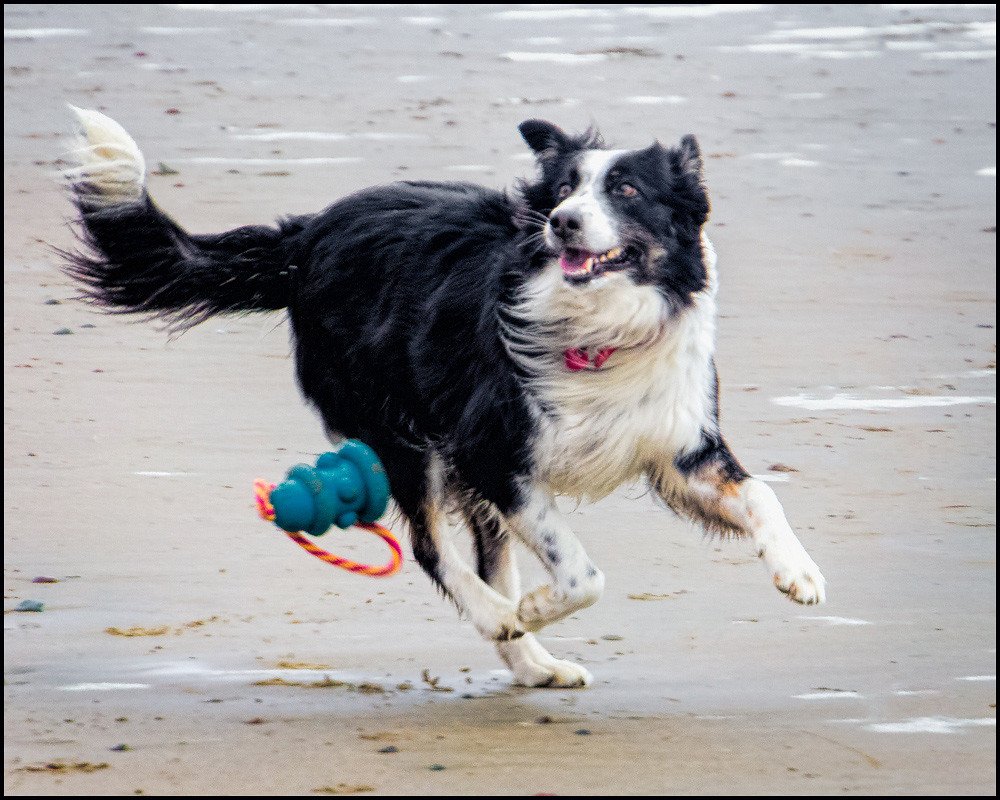Have you ever caught your dog staring at you with those soulful eyes and wondered if they really love you back? Maybe you’ve questioned whether their enthusiasm when you come home is genuine affection or just excitement about dinner time. Well, here’s something that’ll make your heart skip a beat: the bond between you and your dog runs deeper than you might imagine. Scientists have actually discovered that dogs form attachment bonds with their humans that mirror the relationship between parent and child. Your furry companion doesn’t just see you as a food dispenser or walking service – they genuinely consider you their best friend, protector, and most trusted companion.
They Can’t Stop Following You Around
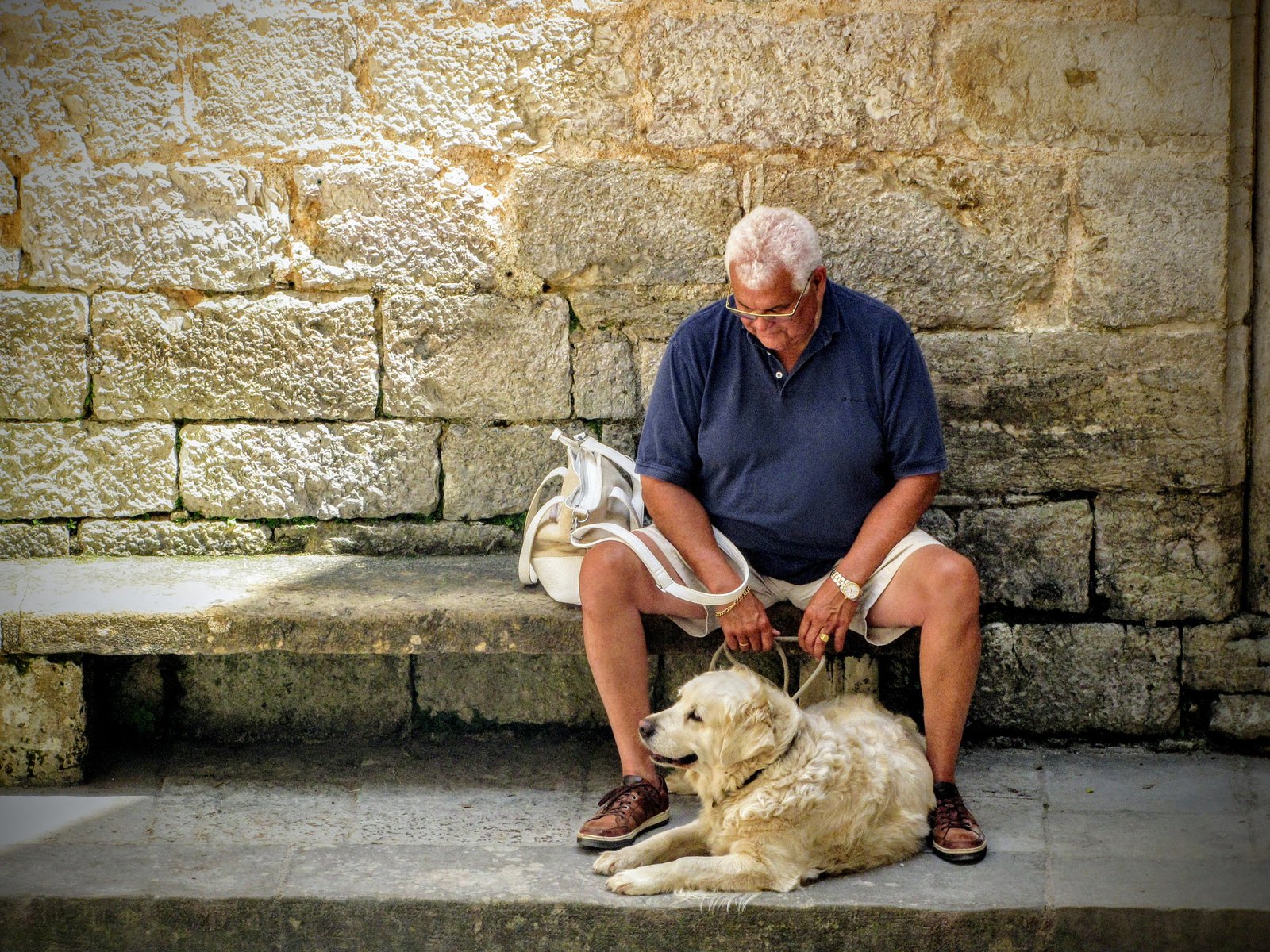
Does your dog shadow you from room to room, making sure they’re always within sight? An emotionally attached dog will follow their human around the house from the moment they wake up, making sure that they are always within sight. Whether you’re brushing your teeth, washing the dishes, or doing a workout, your four-legged friend wants to be involved. This behavior goes far beyond simple curiosity or boredom.
When dogs follow you everywhere, they see you as their guardian and feel safe around you. This behavior can indicate that the dog trusts and relies on its owner for security and companionship. Think about it like having a best friend who genuinely enjoys your company so much that they want to be part of everything you do. Your dog isn’t being clingy – they’re showing the ultimate sign of trust and attachment.
Their Eyes Lock Onto Yours in Pure Love
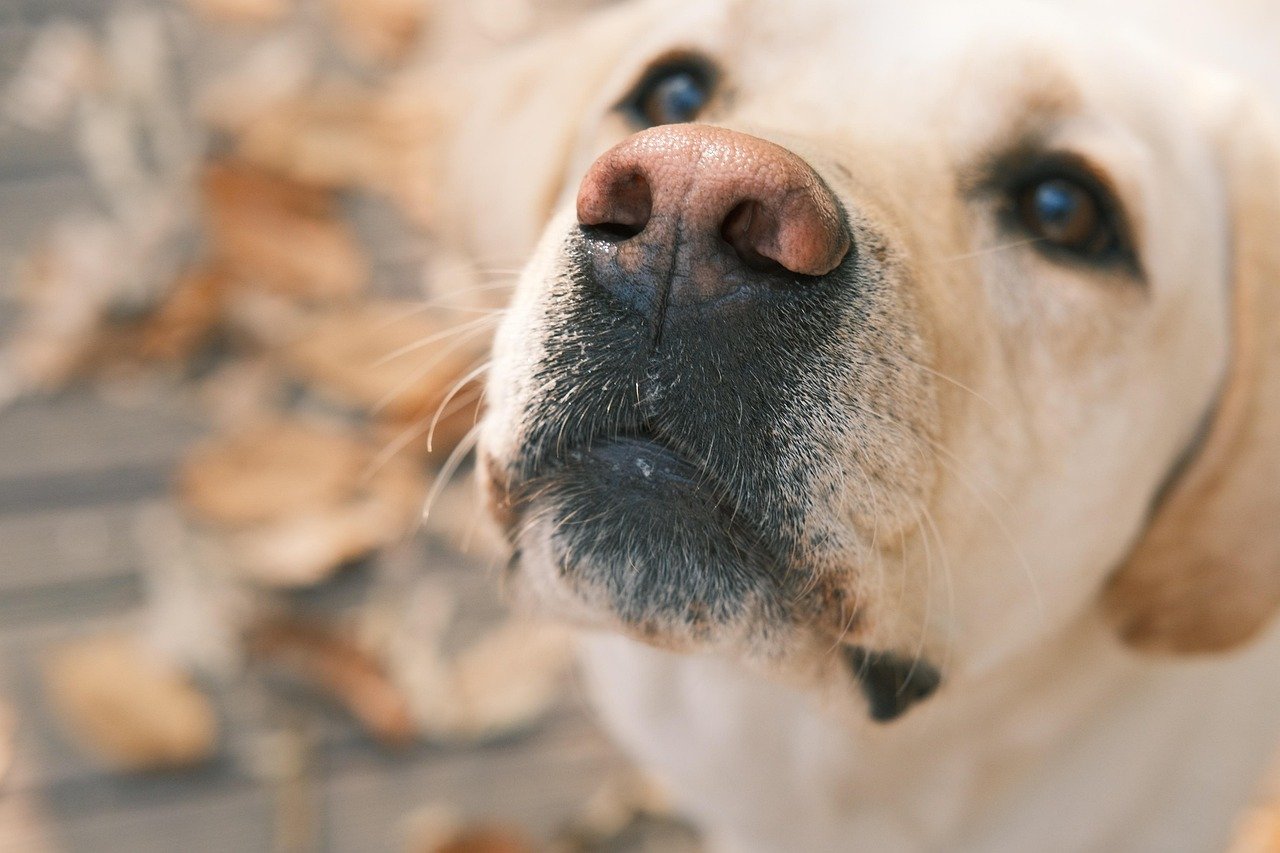
We show that gazing behavior from dogs, but not wolves, increased urinary oxytocin concentrations in owners, which consequently facilitated owners’ affiliation and increased oxytocin concentration in dogs. Further, nasally administered oxytocin increased gazing behavior in dogs, which in turn increased urinary oxytocin concentrations in owners. This creates what scientists call an “oxytocin-gaze positive loop” – basically a love feedback system that happens when you look into each other’s eyes.
New research shows that when our canine pals stare into our eyes, they activate the same hormonal response that bonds us to human infants. New research shows that when our canine pals stare into our eyes, they activate the same hormonal response that bonds us to human infants. Research shows pet parents found that direct eye contact increased oxytocin levels by 130% in dogs and 300% in people. That intense gaze isn’t just cute – it’s your dog literally flooding both of you with love hormones.
They Sleep Right Next to You
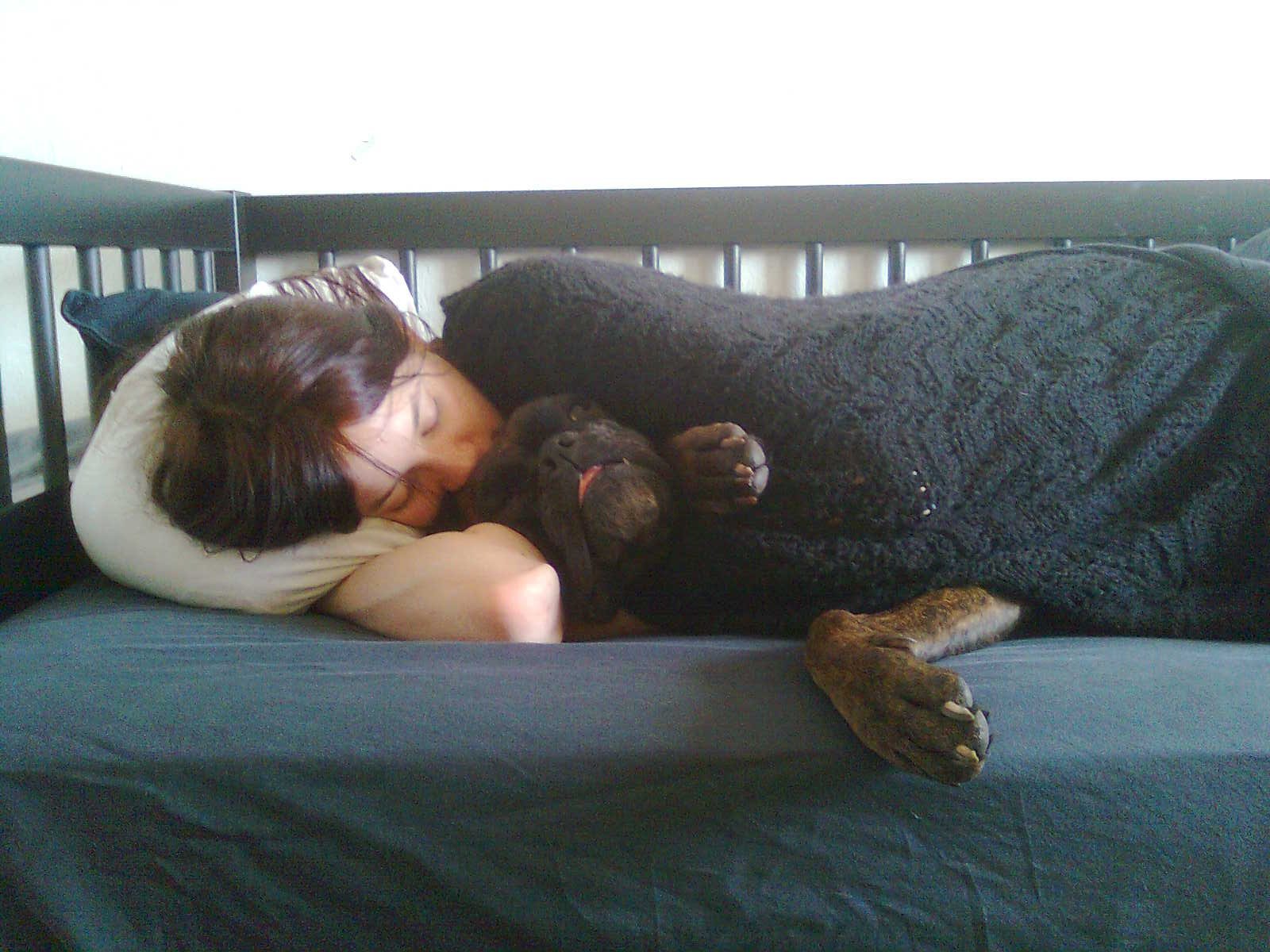
Sleeping with you is another sign of a strong bond, Mika’s owner shared. According to the trainer, “If your dog sleeps with you, they see you as family.” Sharing a bed demonstrates the canine’s desire to be close to their owner, reinforcing their sense of belonging and security. In the wild, sleep is when animals are most vulnerable to predators and danger.
In the wild, canines are at their most vulnerable when they sleep. To maximize their safety, members of the pack will sleep with their backs facing each other and their noses facing out creating a safe little circle. If your dog chooses to sleep with you or next to your bed, this means they see you as a trusted member of their pack. More strongly bonded dogs have more deep restorative sleep when they are with their owners than dogs who lack the same degree of attachment. Your bedroom isn’t just a cozy spot – it’s your dog’s ultimate safe space because you’re there.
They Show Their Belly Without Hesitation
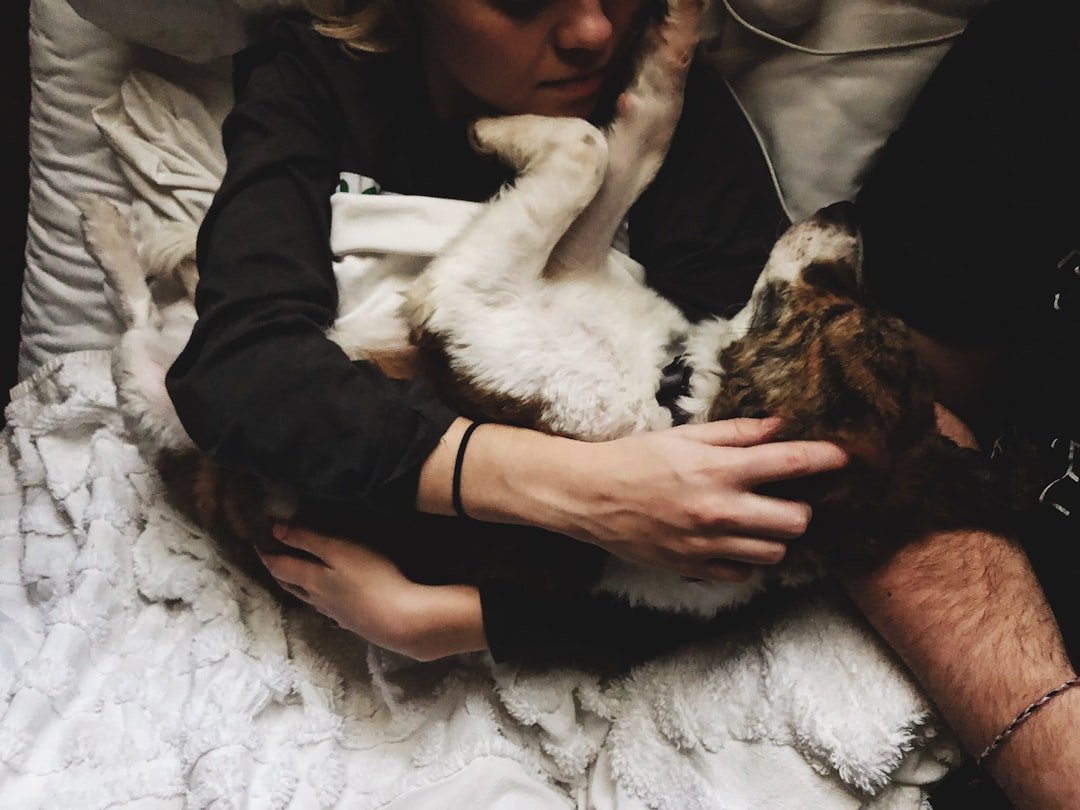
Another sign put forward by Mika’s owner is when the dog rests with its belly up next to you. “Sleeping belly-up means they trust you completely,” the poster said. This vulnerable position shows that the dog feels safe and comfortable in its owner’s presence, signifying a deep bond. The belly is a dog’s most vulnerable area, containing all their vital organs with no protective ribcage.
When your dog flops down and exposes their tummy to you, they’re making themselves completely defenseless. It’s like saying, “I trust you so much that I’m willing to put my life in your hands.” This isn’t something dogs do lightly – it’s reserved for their most trusted companions. Some dogs even prefer this position when they’re sleeping near their favorite humans, which combines two major trust signals into one powerful gesture of love.
They Comfort You When You’re Upset
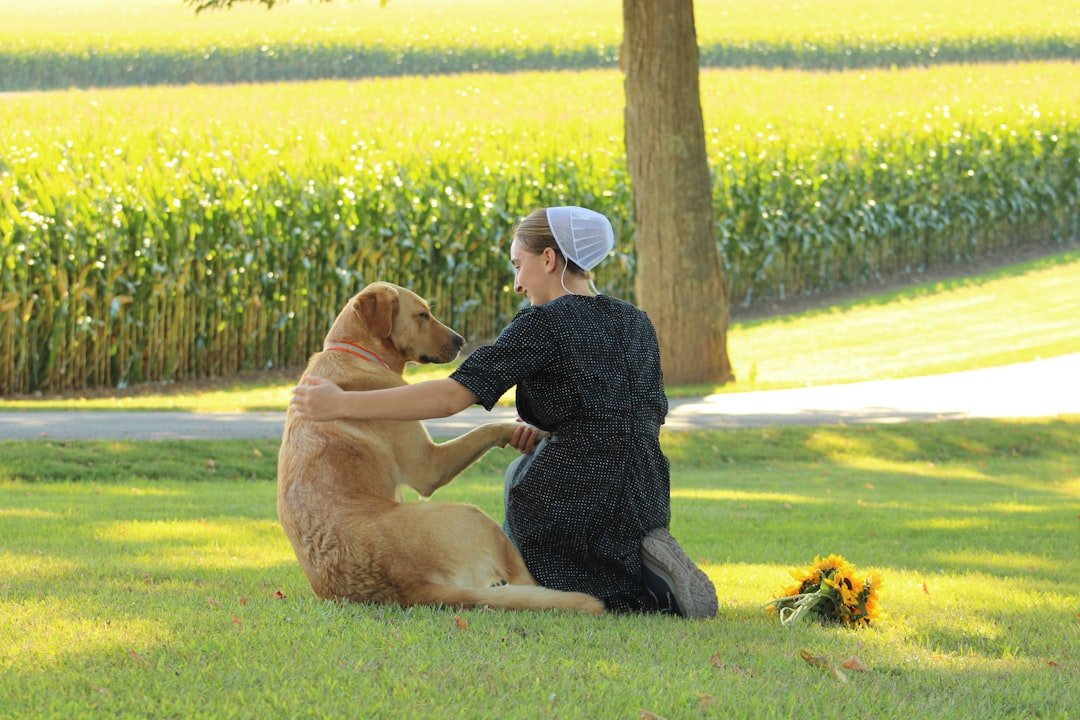
Dogs with strong emotional attachments will be very in tune with their pet parent’s emotions. They can pick up on feelings of anxiety or sadness and will try to provide comfort by nuzzling or licking your face. Your dog doesn’t just live alongside you – they’re emotionally invested in your wellbeing like a true best friend would be.
Dogs have been living alongside humans for thousands of years. Over time, they’ve developed the ability to read human emotions, understand our body language, and even anticipate our needs. When you’ve had a rough day and your dog suddenly appears with their favorite toy or leans against your leg, they’re not being coincidentally affectionate. They’ve noticed your emotional state and are actively trying to make you feel better, just like any caring friend would do.
They Bring You Their Most Precious Possessions
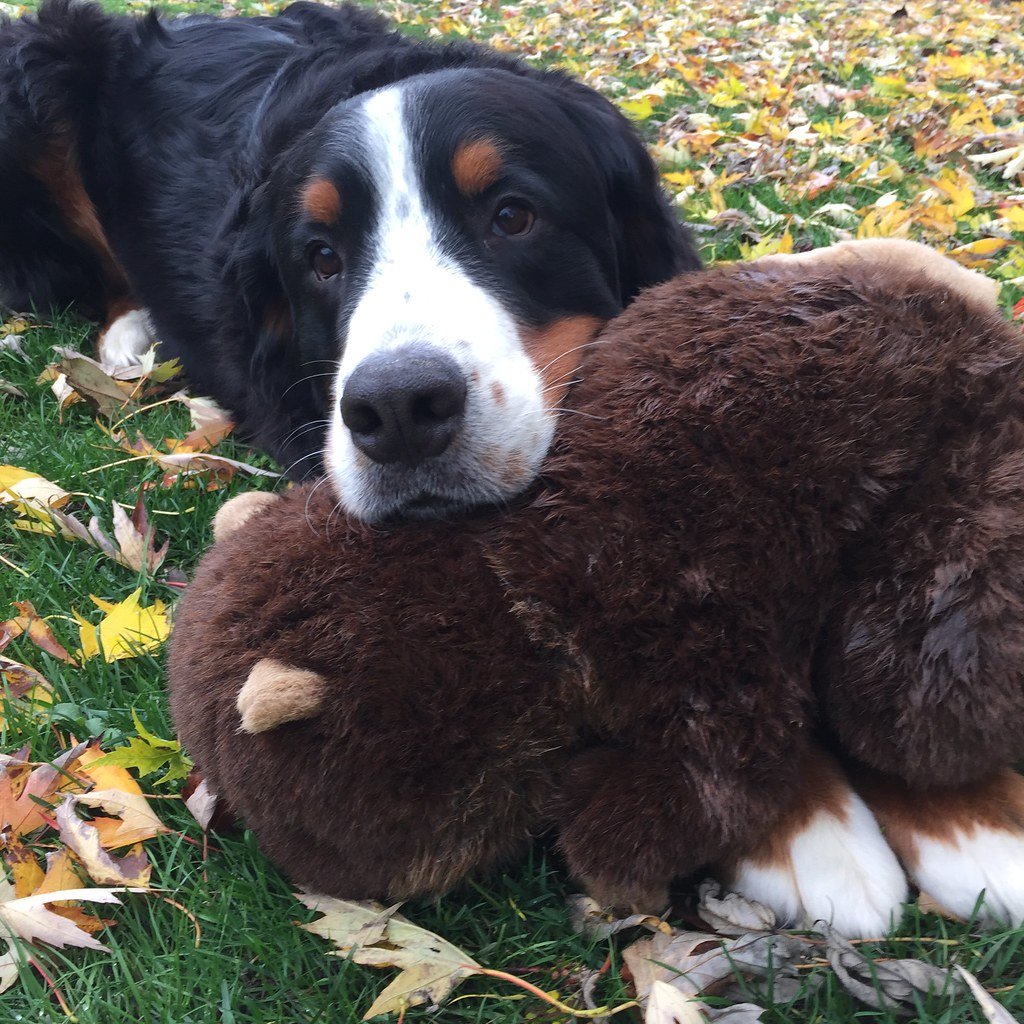
Some dogs express their attachment by bringing you toys or other items as gifts throughout the day. This behavior is similar to how a mother dog might bring food to her puppies, showing that they want to provide for you. That slobbery tennis ball or squeaky toy isn’t just a random offering – it’s your dog sharing their most valued possessions with you.
Think about how children share their favorite toys with people they love most. Dogs do the same thing, except these “gifts” often come with teeth marks and require a good washing. Dogs often bring toys to their favorite person as an invitation to play and bond. When your dog drops their beloved rope toy at your feet, they’re not just asking for playtime – they’re offering to share something precious and inviting you into their world of fun and companionship.
They Get Genuinely Excited Every Time You Return
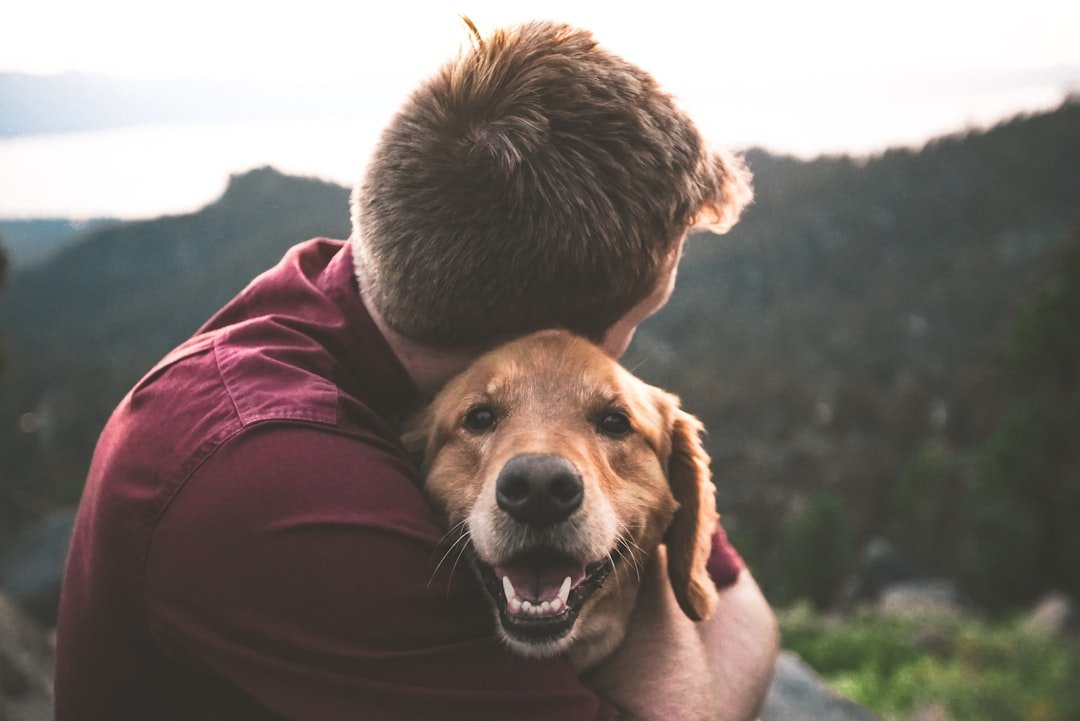
One of the most obvious signs of attachment is the enthusiastic, full-body greeting you receive whenever you return home. Your dog may jump, wag their tail vigorously, and even bark out of excitement. This isn’t just about anticipating dinner or walks – it’s pure joy at seeing their favorite person again.
But when the owner returns, the dog will approach the owner, make eye contact and initiate physical contact. This includes touching the caregiver with the head or snout, jumping up with paws on the owners body, or sustained leaning against the owner’s body or hands. Even if you’ve only been gone for ten minutes, your dog acts like you’ve returned from a year-long journey. That level of enthusiasm and celebration isn’t something they reserve for just anyone – it’s a clear sign that you’re the most important person in their world.
Conclusion
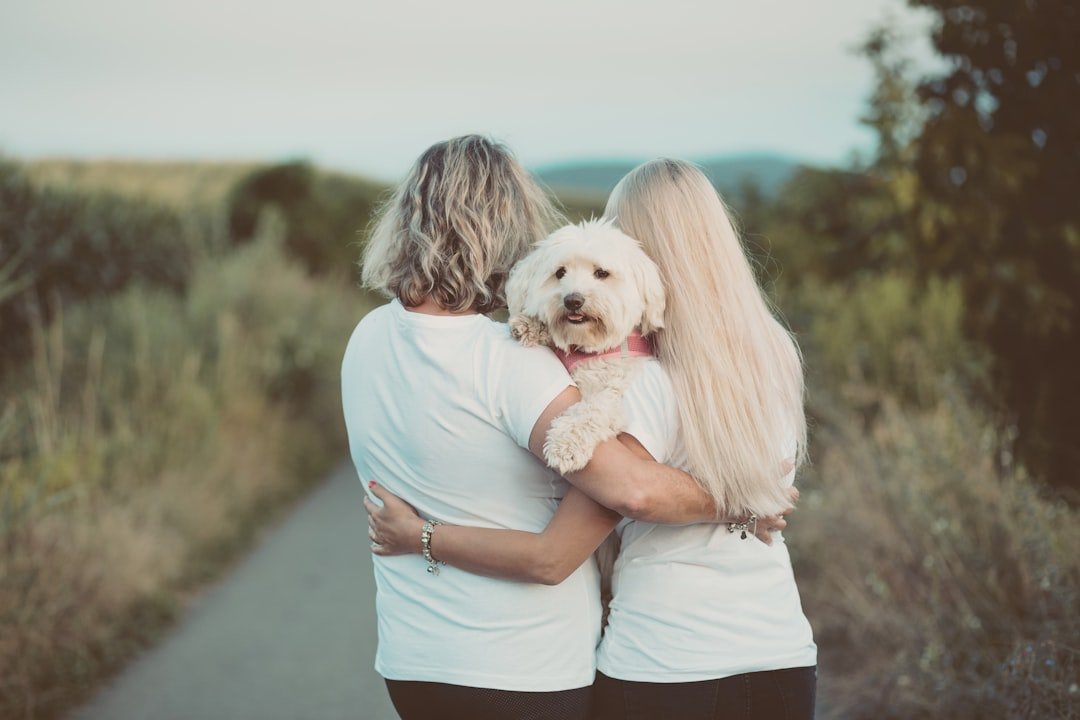
The beautiful thing about the human-dog bond is how naturally it develops when built on mutual respect, consistency, and love. Building a strong bond with your dog takes time, consistency, and meaningful interaction. The following activities offer practical ways to deepen your connection and create a trusting, loving relationship with your dog. Regular positive interactions between dogs and their pet parents can increase oxytocin, also known as the love hormone, which can do a lot to improve your bond. Your dog’s love isn’t conditional on treats or walks – it’s a deep, genuine friendship that enriches both your lives.
Remember, every dog expresses their attachment differently, and some might show these signs more subtly than others. The key is paying attention to your individual dog’s unique ways of showing love and responding with the same patience and affection they give you. After all, isn’t it amazing that we share our lives with creatures who choose to love us so completely? What would your life be like without that wet nose nudging you awake each morning?

